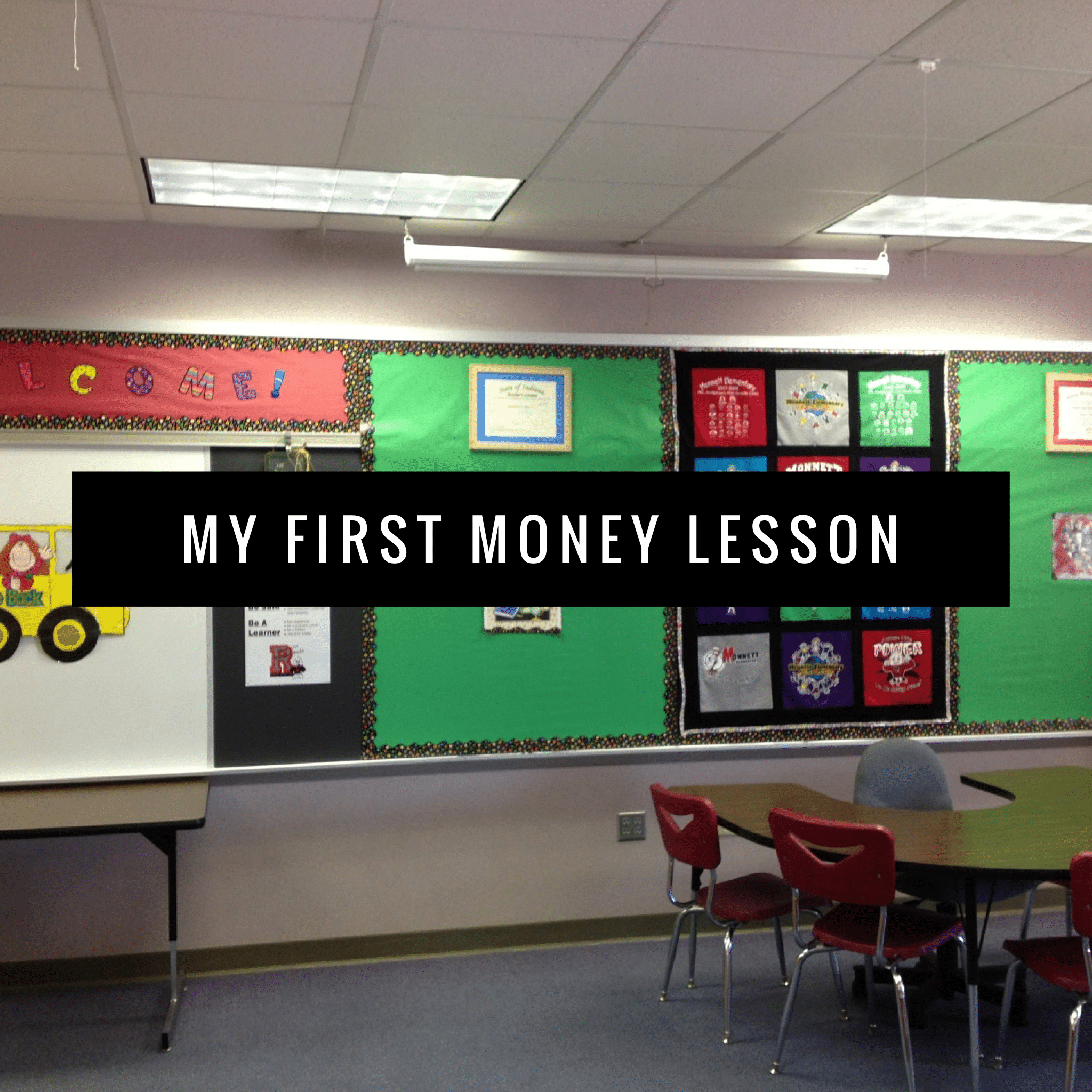My first distinct memory of money was during a night out with my family at a local pizza shop. I don’t remember how old I was, but I’d guess no older than six or seven. The restaurant had a jukebox and I asked my dad for money to pick out a song. Instead of handing over some change, my dad asked, “Is it worth your money?”
I told him no and he responded, “Then it’s not worth mine.”
The next time we went to that restaurant, the jukebox still called my name. Again, I asked my dad for some money to pick songs on the jukebox. Again my dad asked, “Is it worth your money?”
This time, thinking I was clever, I said yes. Then my dad said, “Great, then you can spend your own.”
This is one of my most vivid memories about money as a child. My parents didn’t teach me a great deal about money, but they did set a good example with their own earnings. Money wasn’t an off-limits topic, but it also wasn’t a focal point of our routine family dinners. My perception is that this isn’t all that uncommon among most families.
So when do kids get an opportunity to learn about money?
Not in elementary school. Not in high school. You can take finance classes in college, but most people graduating with a college degree don’t take a course in personal finance or receive an unbiased education in the right way to invest money.
In school, you are given a lesson then a test. In life, you are given a test and then you learn a lesson – money lessons can be expensive.
Most people are ill equipped to make good financial decisions when they become adults. In a June 2011 study, researchers asked a nationally representative sample of people the following three questions:
- Suppose you had $100 in a savings account and the interest rate was 2% per year. After 5 years, how much do you think you would have in the account if you left the money to grow?
- More than $102
- Exactly $102
- Less than $102
- Do not know
- Refuse to answer
- Imagine that the interest rate on your savings account was 1% per year and inflation was 2% per year. After 1 year, how much would you be able to buy with the money in this account?
- More than today
- Exactly the same
- Less than today
- Do not know
- Refuse to answer
- Please tell me whether this statement is true or false. “Buying a single company’s stock usually provides a safer return than a stock mutual fund.”
- True
- False
- Do not know
- Refuse to answer
The answers are simple (more than, less than, false), but only 30.2% of respondents got all three correct.
April is National Financial Literacy Month and there is a lot of room for improvement. I’ve written a few times on personal finance topics such as creating a budget that actually works and deciding whether to invest or pay down debt, but all of this month’s articles will all be personal finance topics. Be sure to check back every Monday for the newest post.
















“In school, you are given a lesson then a test. In life, you are given a test and then you learn a lesson – money lessons can be expensive.” – Great sentence.
Thanks!